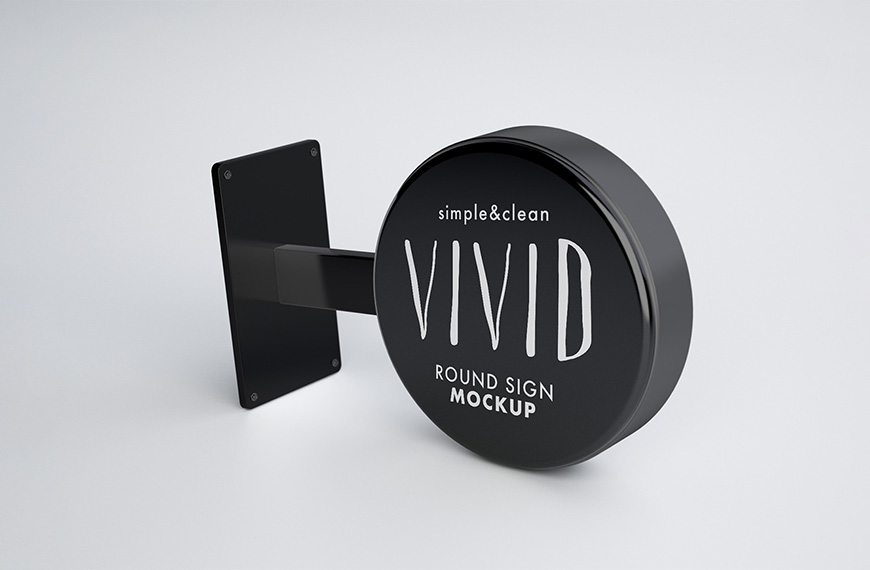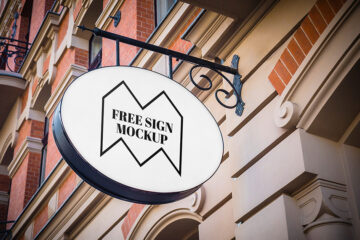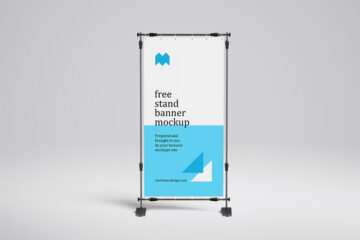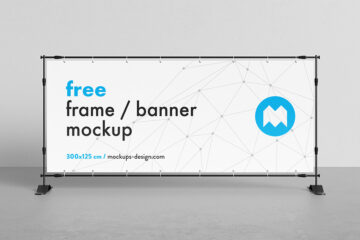In the realm of graphic design, achieving a seamless integration of visual elements into their intended environments is crucial. Sign mockups play a pivotal role in this process by allowing graphic designers to evaluate the suitability of their creations within specific surroundings. In this blog post, we’ll explore how sign mockups aid graphic designers in assessing and enhancing the compatibility of their designs with the surrounding environment.


Contextual Relevance
Signage doesn’t exist in isolation – it’s a part of a larger context. Whether it’s a storefront in a bustling city or a serene office lobby, the surroundings significantly impact how a sign is perceived. Sign mockups enable graphic designers to evaluate the contextual relevance of their designs. By placing the signage in a realistic mockup of its intended location, designers can assess how it interacts with the architectural elements, lighting, and overall ambiance.
Color Harmony and Contrast
One of the challenges in graphic design is ensuring that the colors and contrasts of a sign complement the surrounding environment. Sign mockups provide a platform for designers to experiment with color schemes and contrast levels. By visualizing the signage in different contexts, designers can make informed decisions about color choices, ensuring that the sign stands out without clashing with its surroundings.
Scale and Size Considerations
The size and scale of a sign are critical factors in its overall impact. Sign mockups allow designers to evaluate the appropriateness of the size in relation to the surrounding elements. For example, a storefront sign should be proportionate to the building facade, while an interior sign in a large atrium may need to be more substantial to maintain visibility. Mockups help designers find the right balance and ensure that the size of the sign harmonizes with its environment.
Environmental Elements
Weather conditions and environmental factors can significantly affect the longevity and visibility of signage. Sign mockups allow designers to simulate different weather scenarios, such as rain, sunlight, or snow, helping them choose materials and finishes that can withstand the elements. This proactive approach ensures that the final product not only looks good in mockups but also functions effectively in the real world.
Adapting to Diverse Spaces
Different spaces demand different design approaches. Sign mockups empower graphic designers to adapt their creations to diverse environments seamlessly. Whether it’s a sleek and modern urban setting or a traditional and historic location, mockups provide designers with insights into how their designs can be tailored to suit the unique characteristics of each space.
Client Collaboration and Approval
Sign mockups serve as powerful visual aids during client collaboration. Clients can better visualize how the proposed signage will look in their specific environment, leading to more informed feedback and decisions. The ability to present realistic mockups enhances communication and ensures that clients are actively involved in the design process.
Conclusion
Sign mockups are invaluable tools for graphic designers seeking to evaluate and enhance the compatibility of their designs with the surrounding environment. By incorporating these mockups into their design process, designers can create signage that not only captivates aesthetically but also seamlessly integrates into its intended surroundings, effectively communicating the intended message to the audience.
| Author | Mockups Design |
| File Type | .psd |
| Layered | Yes |
| Smart-Object | Yes |
| License | Commercial Use |







